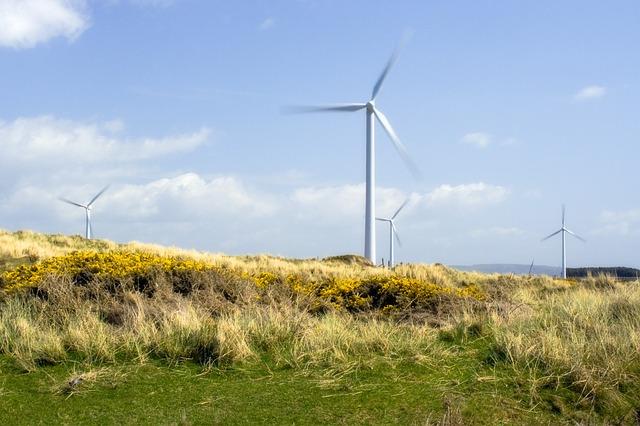Types of Green Electricity and Their Generation
What is green electricity? What are the types of green electricity and how are they generated?
The search for alternative energy sources is pointing out to green electricity production as the only sustainable method to power our home, transport system and industries in a future that seems to be only several decades away. This also represents the way to avoid the carbon footprint, a legitimate concern nowadays.
What Is Green Electricity
The term of 'green electricity' means electric energy obtained from renewable sources. Green methods refer to obtaining cheap gas and electricity from sources which are friendly to the environment and which can replace the limited fossil fuels. It is cheaper to obtain, highly convenient for small (homes) and large consumers (cities, states).
Types of Green Electricity
Green energy types are defined by ways in which power is generated and by its source. Thus, we have the following main types:
1. Biomass Power
An effective method is obtaining energy from organic sources, which are renewable. One way is by burning the biomass waste – like the fibre-rich sugarcane residue or hemp. Additionally, common algea is used to make biofuel. Sewage gas is also valued as an energy source.
2. Wind and Tidal Energy
The best known image to illustrate the validity and efficiency of wind power as energy source is represented by the wind farms. These facilities can address the energy demands of communities located in geographical areas that get windy weather on a constant basis. The future looks even more interesting – flying wind farms will be created, in order to harvest power from wherever it is available. On the other hand, tides are much more predictable than wind, which make them truly reliable when generating energy.
3. Solar Energy
Although intermittent and rather 'diluted', solar energy is still able to supply small and average sized communities alone. Moreover, solar heaters are great for heating water. There is no use for additional processes, the sunlight is directly converted into energy by the photovoltaic cells in solar installations.
4. Hydroelectricity
The hydro-power is not left aside – it's the methods that need adjusting. Current ambitions support installations on fast flowing rivers and streams, or on existing dams, employing approved hydro-electric generators.
5. Geothermal Energy
Cheap, cost effective and reliable, geothermal energy depends on the tectonic plates. These small scale systems are great for residences in compatible areas. The natural processes within provide a form of renewable energy that was known to Romans. Geyser regions are very good places to install geothermal power plants or heat pumps. No fuel is required, as the energy is produced directly. A large plant is said to be able to power a whole city.
6. Waste Heat
Electricity can also be gained from all the industrial processes that generate heat. Heat is a form of energy and, when harvested and directed, can be used to create electricity. There are no such facilities yet, but researchers are currently working on methods to capture the heat that would otherwise be wasted.
Green electricity is part of a sustainable economy and lifestyle. Future electricity generation should be too.



0 Comments
Recommended Comments
There are no comments to display.